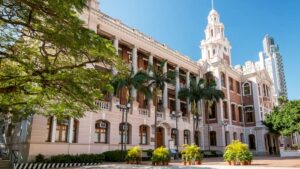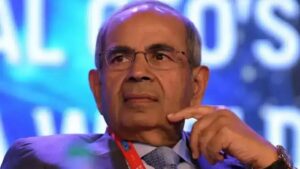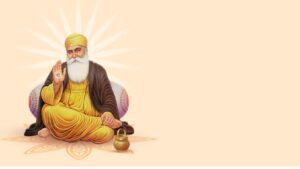Karnataka: About
Karnataka is in the located southwestern region of India. The state was formed on 1st November 1956 with the passage of the State Reorganization Act. The state was originally named Mysore but in 1973 it was renamed Karnataka. It shares its borders with Goa, Maharashtra, Telangana, Andhra Pradesh, Tamil Nadu, and Kerala. It is the sixth largest state in India by area and it is the eighth largest state by population. It has 31 districts in Karnataka and one of the classical languages of India is Kannada, which is the official language of the state.
Karnataka: History
- Karnataka’s history can be traced by the Paleolithic hand-axe culture evidence found in the region.
- The Neolithic and Megalithic cultures have also been found in Karnataka.
- Evidence shows that the gold found in Harappa was imported from the mines of Karnataka, prompting scholars’ hypothesis about contact when ancient Karnataka and Indus valley during 3300 BCE.
- In the third century BCE, Karnataka was a part of the Nanda Empire before coming under the role of the Mauryan Empire of Emperor Ashoka.
- A large area of Karnataka was ruled by Satavahana for the fourth century. The decline of Satavahana power led to the rise of the earliest native kingdoms the Kadambas and the Western Gangas.
- The kadamba dynasty founded by Mauryasharma had its capital in Banavasi, and the Western Ganga Dynasty was founded by Talakad as its capital.
- This dynasty is were followed by the imperial Kannada Empire such as the Badami Chalukyas, the Rashtrakuta empire of Manyakheta, and the Western Chalukyas Empire.
- During the 11th-century parts of modern-day Southern Karnataka were occupied by the Chola Empire, and during the 12th century, the Western Chalukyas patronized a unique style of architecture and kernel literature which became a precursor to the Hoysala art.
- In the early 12 century the Cholas and the Hoysala whatever the reason eventually came under the rule of Hoysala.
- In the battle of Talikota, in 1565, Karnataka and the rest of South India experienced a major geopolitical shift when the Vijayanagara empire fell to consideration of Islamic sultanates.
- The Bijapur Sultanate rose after the demise of the Bahmani Sultanate of Bidar and took the control of Deccan, which was later defeated by the Moghuls in the late 17th century.
- During the 16th century Konkani Hindus migrated to Karnataka.
- During this period parts of Northern Karnataka were ruled by Nizam of Hyderabad, the Maratha empire, and the British.
- After independence the Maharaja Jayachamarajendra Wodeyar, allowed his kingdoms accession to India.
- In 1950, Mysore became an Indian state of the same name, the former Maharaja served as its Raj Pramukh until 1975.
- The long-standing demand of the Ekikarana Movement, Kodagu, and Kannada-speaking regions from the adjoining state of Madras, Hyderabad, and Bombay to cooperate in the Mysore state under the State Reorganisation Act of 1956.
- The expanded state was named Karnataka, seventeen years later on 1st November 1973.
Karnataka: Things you need to know
- The capital of Karnataka in Bengaluru.
- The Chief Minister of Karnataka is Basavaraj Bommai and the Governor is Thaawarchand Gehlot.
- The largest city of Karnataka in Bengaluru.
- The total population of Karnataka is 61,130,704 and it ranks eighth in India.
- The official language of Karnataka is Kannada.
- The state animal of Karnataka is an Indian elephant, the state bird is Indian Roller and the state flower is Lotus.
Buy Prime Test Series for all Banking, SSC, Insurance & other exams









 QS Asia Rankings 2026: IITs Slip as Chin...
QS Asia Rankings 2026: IITs Slip as Chin...
 “Business Titan Gopichand Hinduja, Chair...
“Business Titan Gopichand Hinduja, Chair...
 Guru Nanak Jayanti 2025: Date, Importanc...
Guru Nanak Jayanti 2025: Date, Importanc...







